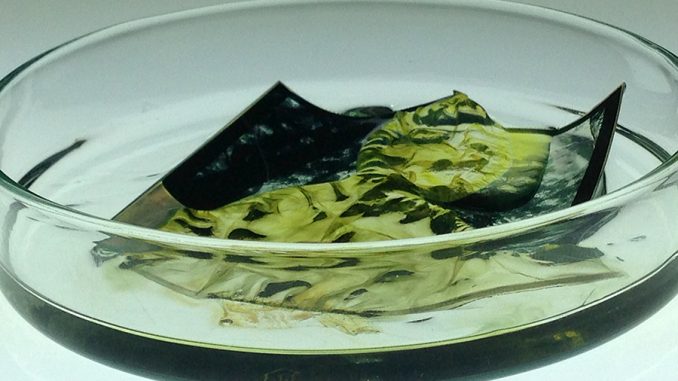
This issue of Transformations aims to establish a toolkit of conceptual resources that can provoke, incite and inform new practices and interventions in the environmental arts.
We define the environmental arts broadly for this purpose, with a particular emphasis on modes of thinking, feeling, sensing, designing, making, performing and composing that are attuned to environmental change and are inherently collective in nature.
In this respect, artists have often been years and even decades ahead of others in responding to the conceptual and practical challenges of environmental change. Since the 1960s, artists such as Robert Smithson, James Turrell, Robert Irwin, Helen and Newton Harrison, Joseph Beuys and Suzanne Lacy have enacted visionary environmental practices, while also conceptualising these practices within the broader fields of social theory and philosophy.
Such critical reconceptualisations of the field are urgently called for in response to mounting evidence that we have entered the Anthropocene epoch, a time typified by climate change, catastrophic loss of biodiversity, ecological instability, resource depletion, ubiquitous digitisation and rapid advances in biotechnology and computer science. In revealing the profound entanglement of human culture and natural phenomena in the contemporary world, the advent of the Anthropocene has had a destabilising effect on dualistic philosophies and binary logics that have upheld rigid barriers between the human and the nonhuman, the organic and the inorganic, the natural and the artificial, the social and the material. New concepts are called for that can mobilise creative thinking and action outside of such anthropocentric and humanistic frameworks, and mobilise new practices that are both attuned and responsive to the rapidly changing environmental conditions of everyday life.
